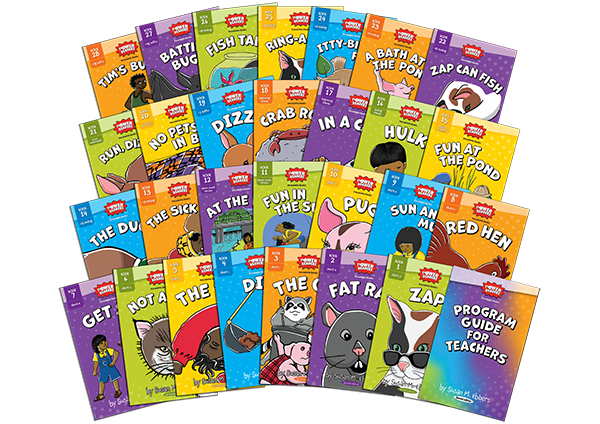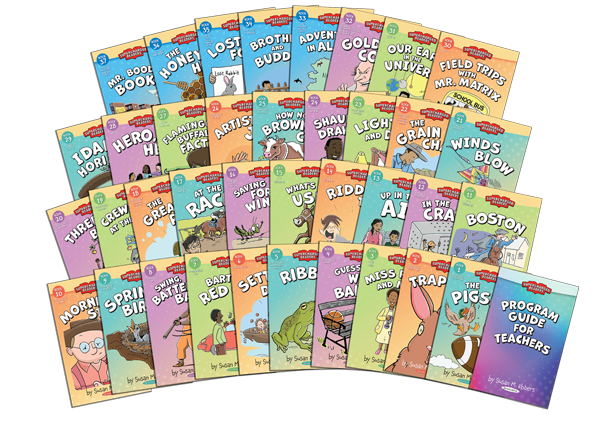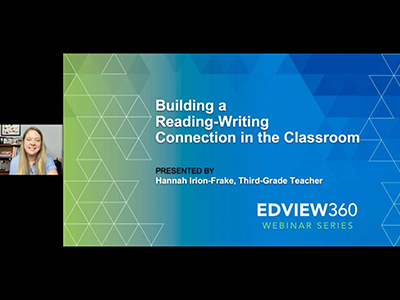Decodable readers are specially designed books that contain a controlled set of words and phonetically regular patterns. These books are carefully crafted to align with phonemic awareness, decoding, fluency, vocabulary, and comprehension instruction, allowing emerging readers to use the foundational reading skills they have been taught.
They play a vital role in early reading instruction, serving as powerful tools for developing foundational reading skills as students learn to use the alphabetic code and not picture clues, guessing, or memorization. Science of reading research confirms students need practice reading text with phonics patterns they have been explicitly taught and that follow a scope and sequence with decoding skill instruction.

Not all decodable texts are created equal, nor are all texts appropriate or designed to serve as decodable readers for beginning readers. Review our comprehensive checklist to see if your readers are truly decodable texts that align to the science of reading.

What is Power Readers?
The Power Readers series is comprised of 28 decodable stories with pre- and post-reading skill-building activities. As stories progress, students work on the systematic building of phonological awareness, decoding and irregular word recognition, fluency, vocabulary, morphology, and comprehension.
Power Readers can be used alongside any core reading program for K–1 students or for strategic or intensive reading reinforcement in lower elementary grades. Power Readers helps readers feel successful, confident, and powerful.
What is Supercharged Readers?
Supercharged Readers is a series of 37 decodable and controlled-text chapter books. Building on the alphabetic code learned in Power Readers, it follows an intentional sequence that builds on syllabic and morphemic principles to help students access increasingly challenging text. It includes pre- and post-reading activity pages that give teachers the strategies to supercharge their readers.
Supercharged Readers is designed for students in grades 1–2, and can be used for strategic or intensive reading practice for students in grades 1–4.

Expert Authorship
Susan Ebbers is a literacy expert and author of Power Readers, Supercharged Readers, and Vocabulary Through Morphemes. She has consulted across the country and continues to work to promote reading, focusing on vocabulary and morphological awareness.
Resources

Once a student has learned the alphabetic code, their vocabulary knowledge is the strongest predictor of reading comprehension. But how do we know which words to teach our students? And what is the best way to teach these words?

A sound wall is an interactive reading and writing instructional tool for students. It focuses on sound, instead of the letters of the alphabet, with the 44 phonemes in the English language. Sound walls are created to facilitate the connection from speech to print.

Interested in improving your literacy teaching and discovering creative new ways to get students excited about writing? Join teacher and science of reading-advocate Hannah Irion-Frake as she explores the reading-writing connection and shares ways you can appropriately increase the amount of writing students do in your classroom.


